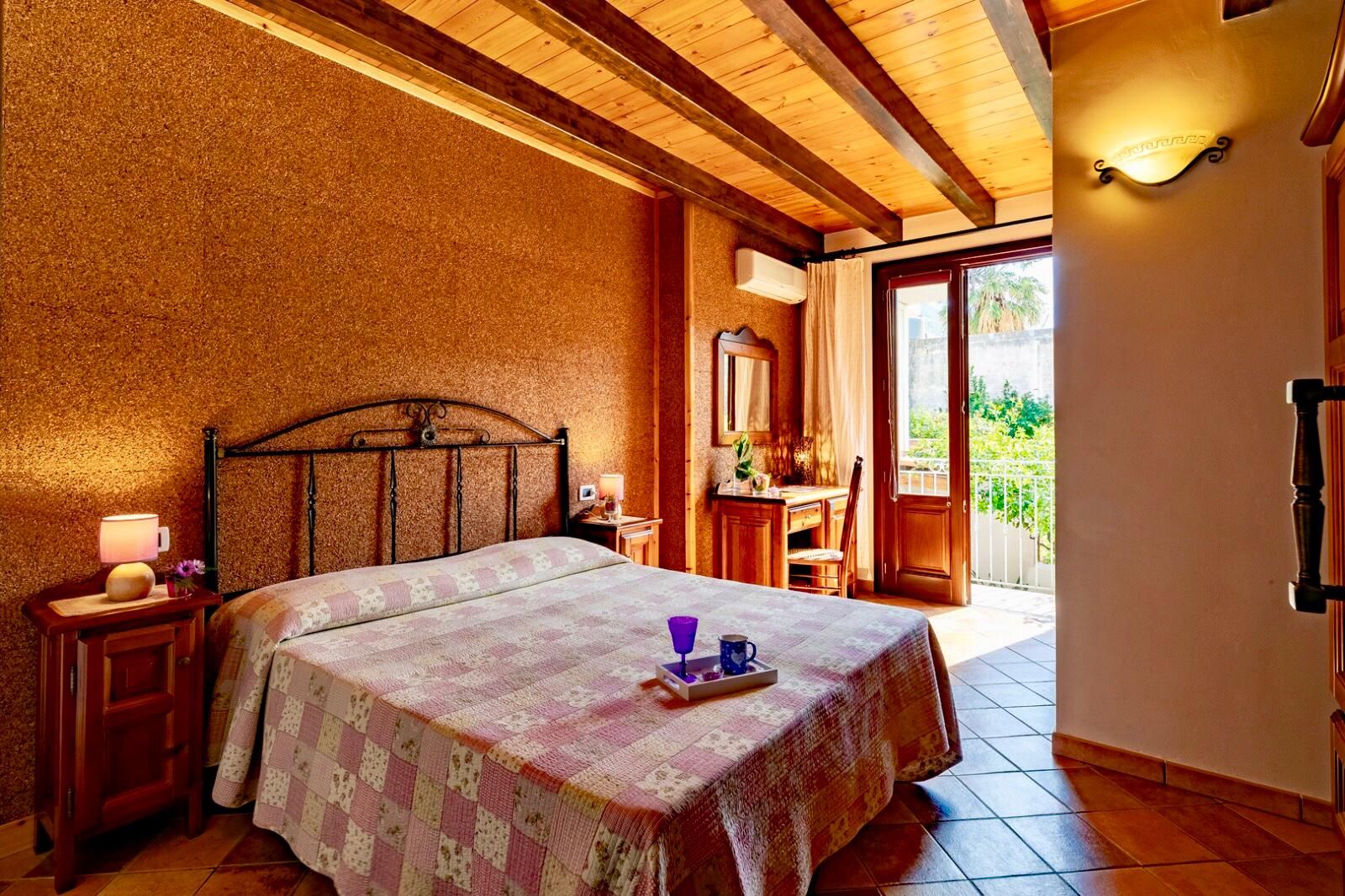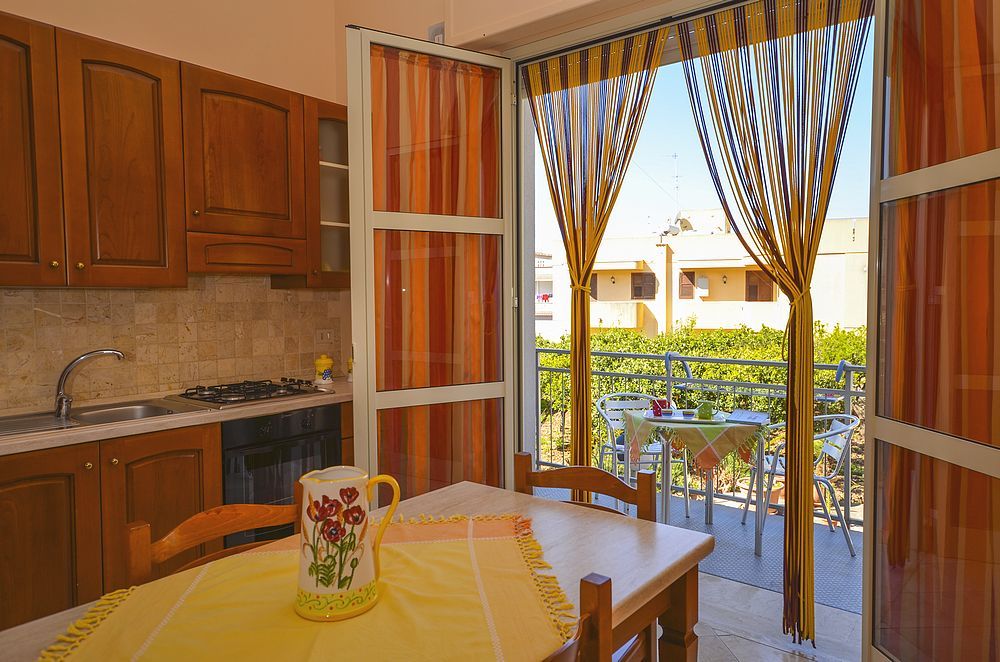Marsala, city of wine
Marsala is a lively and elegant city with a thriving economy mainly linked to the production of the wine that bears its name; with a past rich in history that has been stratified in its urban fabric and its culture.
Founded by the Phoenicians who fled from nearby Mozia in 397 BC, after the assault by the Greeks of Syracuse, Marsala was later conquered by the Romans around 250 BC and called Lilibeum , becoming one of the most important cities of the Roman Province.
Conquered by the Arabs it took the name of Marsa – Ali (City of Ali) and even if today there are not many Arab testimonies left in the urban fabric, there are instead interesting contaminations in the local culture and cuisine.
Following the fate of the whole of Sicily, after the Arabs the Normans, Swabians and Angevins alternated, until reaching the Spanish domination which was the most difficult moment, both for the city of Marsala and for the whole island.
A monumental heritage of great value, churches and monastic complexes of high artistic value, ancient noble palaces and two city gates contribute to outlining its elegant and refined style.

But the city has a deep commercial soul linked to its territory, as evidenced by the cellars closely integrated into the urban fabric.
Since 1773, Marsala wine continues to reach the most remote corners of the world today, thanks to the intuition of a rich English merchant, John Woodhouse, who by chance stopped his ship in the port of Marsala.

Having fallen in love with the wine that had been offered to him in a tavern, he thought of bringing it to his ship so that his crew could also taste it. He immediately saw the economic potential that could derive from it and made it known to the English court.
Thus begins the city's true fortune, Marsala wine will be requested by the courts of all European countries and will forever carry its name around the world.
In Piazza Loggia there is the solemn Mother Church, of presumed Norman origins, completely renovated in the 17th century; a true treasure chest of art, guardian of valuable Renaissance sculptures by the Gagini brothers (St. Thomas, the Madonna of the people) and the stupendous marble icon of the chapel of the SS. Sacrament.
Palazzo VII Aprile , which has an eighteenth-century appearance, overlooks the same square.
Behind the Mother Church there is a small museum dedicated to Flemish Tapestries , a true jewel in the heart of the city.
The complex of San Pietro (16th century) with its high 16th century observatory dominates the main street known as Cassaro. From here you can reach the former monastery of San Pietro , an important multipurpose center where the Civic Museum is also located, divided into sections, Risorgimento - Garibaldi, Archaeological, Popular Traditions.
Contemporary art lovers will find the City of Marsala Contemporary Painting Exhibition Institution very interesting in the fascinating Carmine complex.
Unmissable, in the historic center, between the church of Purgatory and the monastery of San Girolamo, is the suggestive open-air archaeological area: Area of San Girolamo.
Just outside the town center is the church of San Giovanni dedicated to the patron saint of the city. This church is built over a cave called the Sibilla Cave and is a rare example of transformation into a Christian baptistery (5th century AD)
According to an ancient belief, the waters of the Sibyl's well become miraculous and capable of healing illnesses on the day of the Saint, so in the past it was customary for many sick people to immerse themselves in it.
Another extraordinary hypogeum is that of Crispia Salvia (late 2nd - early 3rd century AD) decorated with frescoes. Along the seafront in the Capo Boeo area you can also find evidence of the Roman presence, they are the remains of a villa (late 2nd century AD - early 3rd century) with spas and wonderful mosaic floors. Nearby we remember the Baglio Anselmi Regional Archaeological Museum where the wreck of a Punic ship is kept, probably shipwrecked in the battle of the Egadi (241 BC), a beautiful statue of Venus Callipyx and many other finds.

On a naturalistic level, the Marsala area is very famous for the Saline dello Stagnone (1984), one of the most fascinating Nature Reserves in the entire Province.
In this corner, of inimitable beauty, nature and man have coexisted for centuries in a supportive and fruitful embrace. Here, every evening, you can admire extraordinary sunsets... perhaps while sipping a glass of good Marsala wine.
Linked news

Museum of Flemish Tapestries in Marsala
One of the most important tapestry collections in Italy




.jpg)



_7448.jpg)
